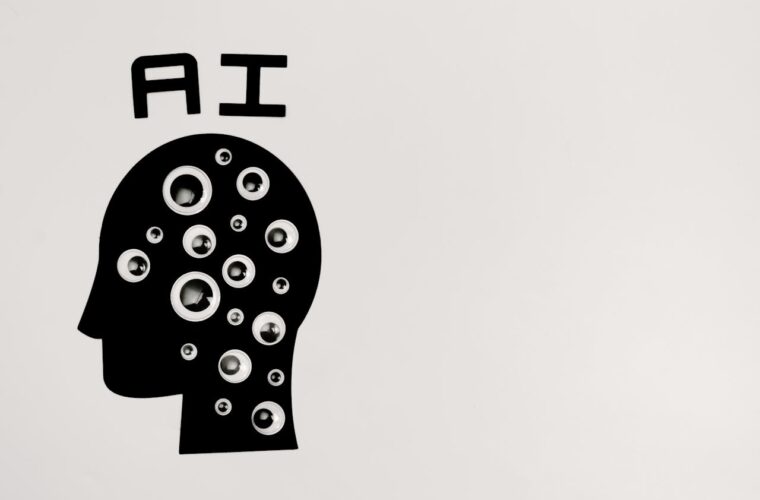Teachers AI: The start of a new school year is an exciting and daunting time for teachers. Amid lesson planning, classroom organization, and establishing routines, integrating technology and AI can make this process smoother and more efficient. Here’s how teachers can leverage these tools to get ahead and set the stage for a successful year.
Streamline classroom organization and planning
Using digital tools to organize classroom resources and lesson plans can save time and allow for more accessible updates and sharing. Here are some ways to make use of these tools effectively:
Digital Planners and Calendars: Apps like Google Calendar, Notion, or Trello can help you manage lesson plans, meetings, and important dates. AI-powered platforms can analyze your tasks and suggest optimal scheduling, reducing planning stress.
Collaborative Document Tools: Google Drive and Microsoft OneNote offer AI features like smart suggestions and templates, making it easier to set up class resources, weekly schedules, or grading systems. Shareable documents enable easy collaboration with colleagues for interdisciplinary planning or sharing resources.
Classroom Management Software: Platforms like ClassDojo and Google Classroom help organize communications, attendance, and assignments. AI integration in these tools can offer insights into student engagement levels, suggest follow-ups, and even assist in grading.
Incorporate AI into lesson planning and content creation
AI can be a game-changer in designing engaging and personalized lessons:
Adaptive Learning Platforms: Tools like Edpuzzle, Khan Academy, and DreamBox adapt content to students’ skill levels. They analyze student progress and tailor learning paths to meet individual needs, allowing teachers to focus on areas that need the most attention.
AI-Enhanced Research and Resource Gathering: AI-driven search engines like Curipod or ChatGPT can help you quickly find teaching materials, generate quiz questions, or draft lesson plan outlines. Teachers can use these tools for inspiration or as a starting point, saving valuable prep time.
Multimedia Content Creation: Use AI tools like CanvasCanva’s Magic Design or Adobe Express to create visually appealing presentations, worksheets, and infographics. These tools provide templates and design suggestions that align with educational themes, making content creation faster and more engaging.
Prepare for differentiation and accessibility
Technology can play a crucial role in differentiating instruction and making learning more inclusive:
AI-Powered Learning Profiles: Tools like Sown to Grow or Kidaptive collect data on how students learn best and offer insights to tailor instruction accordingly. Teachers can create groups based on learning styles, readiness levels, or interests.
Speech-to-Text and Text-to-Speech Tools: Tools like Microsoft Immersive Reader and Google’s Voice Typing make learning more accessible for students with disabilities. These features assist in reading, comprehension, and communication for a more inclusive classroom.
Translation and Language Support: AI tools like Google Translate or Microsoft Translator can bridge language gaps in multilingual classrooms by providing real-time translation and language learning support.
Set up efficient communication channels
Effective communication is critical to managing a successful classroom, and tech tools can help streamline this:
Parent-Teacher Communication: Apps like Remind or ClassTag allow teachers to communicate with parents via text, email, or app notifications. Some AI features in these tools can analyze communication patterns and suggest follow-ups or automate routine messages, saving time.
Student Collaboration Platforms: Google Workspace and Microsoft Teams offer AI-driven suggestions for group tasks, project management, and peer feedback. These platforms enable seamless collaboration and allow teachers to monitor progress and address issues early.

Photo by Annika Gordon on Unsplash
Automate routine tasks and enhance workflow
AI and automation can handle repetitive tasks, freeing up more time for personalized teaching:
Grading and Feedback: Tools like GradeScope and Google Classroom’s automated grading features can handle multiple-choice quizzes, while AI-powered apps like FeedbackFruits provide personalized suggestions for improvement on assignments.
Attendance and Data Management: Use digital tools to automate attendance tracking and grade recording. AI-powered dashboards can visualize student data, helping identify trends in performance and attendance at a glance.
Classroom Analytics: Some learning management systems (LMS) offer AI analytics that predict student outcomes and highlights at-risk students based on data patterns. This can enable early interventions and targeted support.
Professional development and continuous learning
As technology and AI evolve, staying updated is essential for leveraging these tools effectively:
Online Courses and Webinars: Platforms like Coursera, EdTech Teacher, and YouTube offer courses geared explicitly toward integrating AI and technology into education. Enrolling in these courses at the start of the year can give you fresh ideas and confidence in using new tools.
EdTech Communities and Forums: Engage with online communities like Edutopia, Twitter’s #EduChat, or local teaching groups where educators share tips, tools, and strategies for tech integration. These platforms often highlight new apps, features, and creative classroom solutions.
Set tech expectations and digital citizenship early
Before diving into the school year, set clear expectations around the use of technology:
Classroom Tech Guidelines: Discuss and establish digital citizenship rules early on. Outline responsible use of devices, proper online behaviour, and data privacy practices.
Student Tech Training: Invest time at the start of the year to train students on using the classroom’s tech tools, from submitting assignments on an LMS to collaborating online. The more comfortable they are, the more efficient your tech integration will be.
Incorporating technology and AI into your preparation for the school year can drastically improve efficiency, enhance lesson quality, and streamline classroom management. By leveraging these tools effectively, teachers can focus more on what they do best: inspiring and guiding students. As you head into a new year, a proactive approach to integrating AI and technology will help you stay ahead, ensuring a smoother and more successful experience for you and your students.



